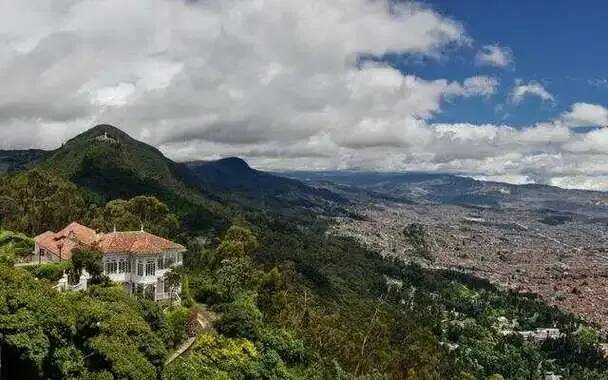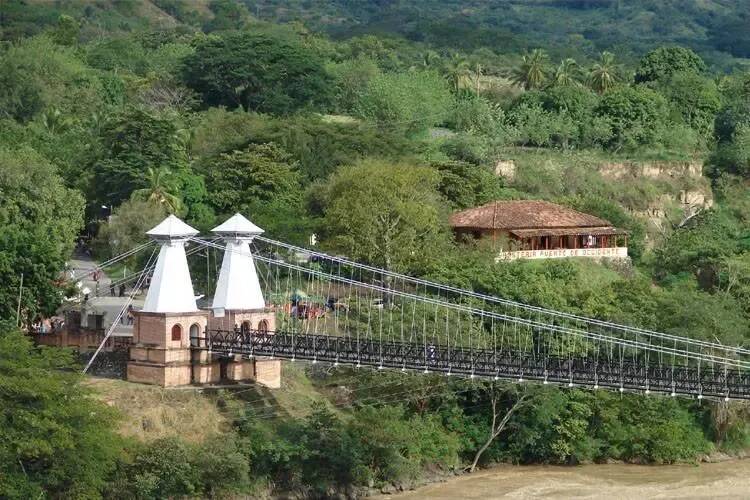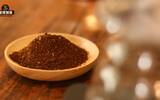Introduction to Antioquia, the coffee producing area of Colombia in South America
South America is rich in natural resources, the Andes almost runs through the western part of South America, and has the highest peak in America, Mount Aconcagua, which is also a continent with more volcanoes in the world. South America is mainly tropical, with a warm and humid climate, abundant rainfall and a variety of natural resources. there are many large coffee producing countries in South America, such as Brazil, Colombia, Ecuador and so on.

Currently, Colombia is the third largest coffee producer in the world, thanks to its topography and climate. Colombia has three Codiera mountains stretching north and south to the Andes, with fertile volcanic soil on both sides, and coffee is grown along the highlands of these mountains.
Colombia is located in the tropics, the climate varies according to the topography, the southern part of the eastern plain and the Pacific coast has a tropical rain forest climate, the mountains at 1000-2000 meters above sea level belong to subtropical climate, and the northwest belongs to the savanna climate. The mountain steps provide a diverse climate, so it is the harvest season all year round, with different kinds of coffee ripening at different times.
However, the road to coffee development in Colombia is not plain sailing. According to historical records, coffee was introduced to Colombia around the 18th century through Jesuit monks, first grown in Antioquia and then spread across the country.
However, during the period 1899-1903, war broke out in Colombia, resulting in a sharp decline in the population of coffee growers and the abandonment of a large number of plantations. When the war ended, in order to save the coffee industry, the government began to consolidate the wasteland and divide it into small plots and sell them to farmers at very low prices, allowing them to grow coffee and other crops.
But coffee produced by small coffee farms does not have much say in the international coffee market. So in 1920, at the suggestion of a farmer, the Colombian Coffee Union was formed to protect the interests of small coffee farms. Since then, the organization has grown and promoted the more authoritative and regulated Colombian National Coffee producers Association (FNC) in 1927 to enhance the global competitiveness and influence of Colombian coffee.
Colombia has a large territory and has a number of coffee producing areas, while the main coffee producing areas include the provinces of Cauca (Cauca), Santander (Santander), Antioquia (Antioquia), Narino (Narino), Tolima (Tolima) and Huila (Huilan). There are two harvest seasons in a year, the main season is from October to January, and the secondary season is from April to July.
Antioquia is located in north-central Colombia, with alpine terrain belonging to the Andes and the warm sea breeze of the Caribbean Sea. Coffee is grown at an altitude of 1300-2200 meters, with a higher altitude and a moderate amount of precipitation, making the coffee grown here an important area of Colombian coffee.

Due to its rich agricultural resources, Antioquia is currently the largest producer of Arabica coffee in Colombia and one of the provinces with the largest export of coffee beans in Colombia. Although Antioquia is famous for its production, there are also many estates that produce high-quality coffee, such as La Palma Manor.
La Palma Manor, located in Santa Barbara (Santa Barbara) in Antioquia, is owned by the famous Echavarr í a family and owned by Pedro Miguel Echevarr í a. In the past, the Echavarr í a family has been a large producer and has begun to shift to high-quality boutique coffee in the past 10 years.
The Echavarr í a family discovered Chiloso Chiroso in the town of Urrao in Ulao more than 10 years ago, brought it back to Santa Barbara and vigorously promoted the Chiloso Chiroso variety in the surrounding area. Participating in the Colombian COE competition in 2023, the estate won the eighth place with 89.39 points for the Chiroso Chiroso variety.
Important Notice :
前街咖啡 FrontStreet Coffee has moved to new addredd:
FrontStreet Coffee Address: 315,Donghua East Road,GuangZhou
Tel:020 38364473
- Prev

What is the difference between freshly ground coffee and pre-ground coffee? How is hanging ear coffee made? How to make it taste good?
Recently, the topic of freshly ground coffee has been very popular, so a friend came to the store and asked an interesting question to the front street: What is the difference between freshly ground coffee, hand-ground coffee and pre-ground coffee powder? It's hard to explain clearly in just a few words, so... Qian Jie comes here today to chat well, these coffee powders with different prefixes
- Next

Minimum wage rises! But more than a thousand workers still strike in Vietnam
According to the Labor Department of Vietnam's Binong Province, on July 20, workers went on strike at Hong Fu Co., Ltd. in Vietnam. According to reports, the company is a furniture company. As of July 21, a total of 422 workers had gone on strike for two consecutive days and did not go to work. The reason for this strike was July 17
Related
- Being chased out of the rain in front of Starbucks?! Store: Sheltering from rain under umbrellas poses a safety hazard
- The white moonlight has changed?! Lucky launches "Big Winter Pear American"
- Hand-brewed coffee three-stage method, high-sweet and universal brewing method to share! What does the high sweet water level of hand-brewed coffee mean?
- What is the difference between raw, refined and full espresso coffee? How to extract espresso and taste good?
- A complete list of coffee bean names and their meanings! What is Yejia Shefi coffee? Where is Mantelin coffee?
- What grade does Arida Manor Kaduai coffee beans belong to? What treatment is Arida ASD slow anaerobic sun exposure?
- The milk tea cup becomes smaller?! Overlord Tea Girl launches a new "Return to Yunnan" series
- Accused of selling counterfeit and high-priced coffee beans! Well-known boutique coffee brand "Oukelao" bowed and apologized!
- How to make espresso dumplings? Can I eat coffee and glutinous rice balls together?
- Save the unformed and stagnant powder cakes in one second! What is the problem with stagnant water in the powder bowl of the espresso machine?

